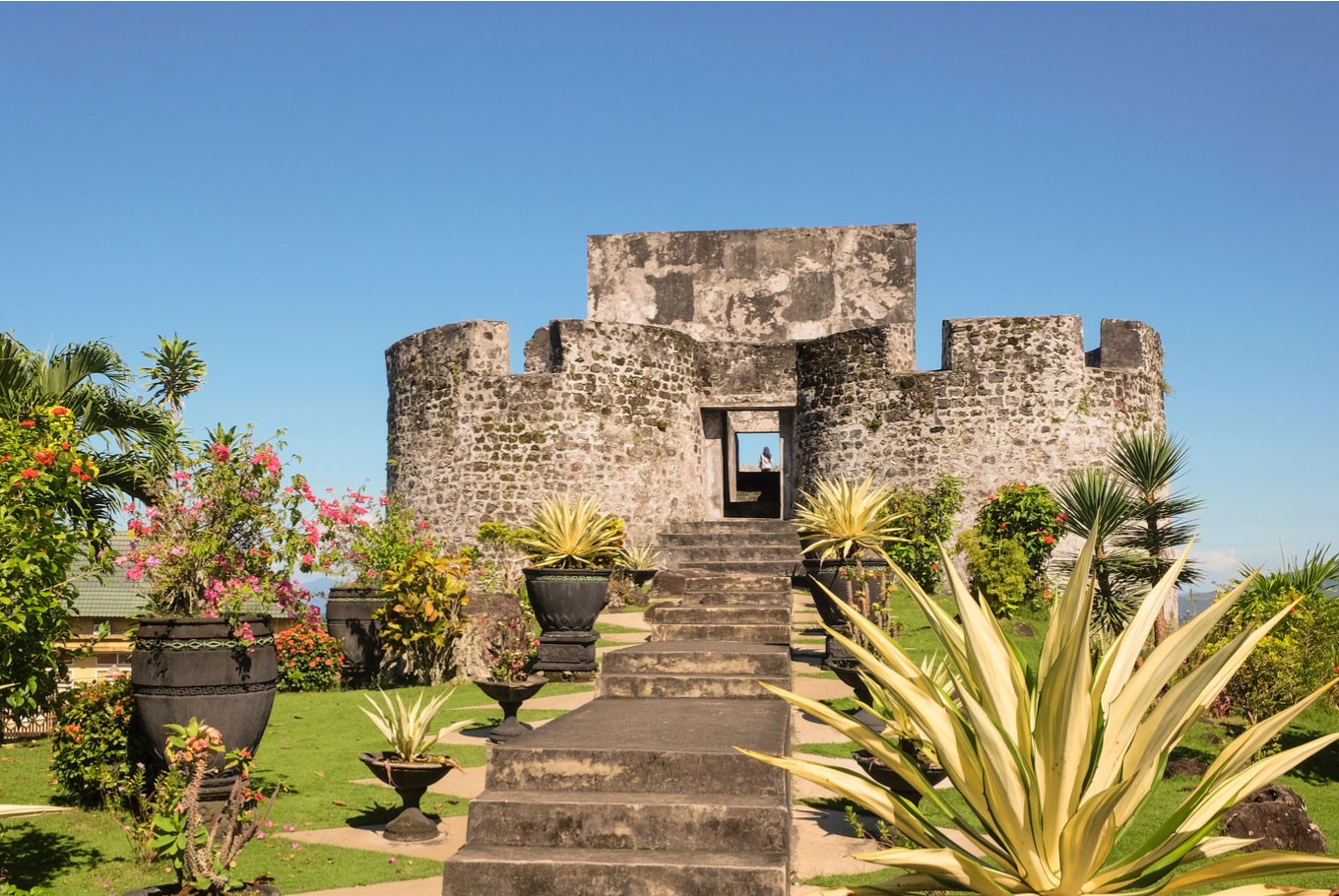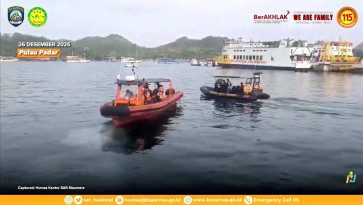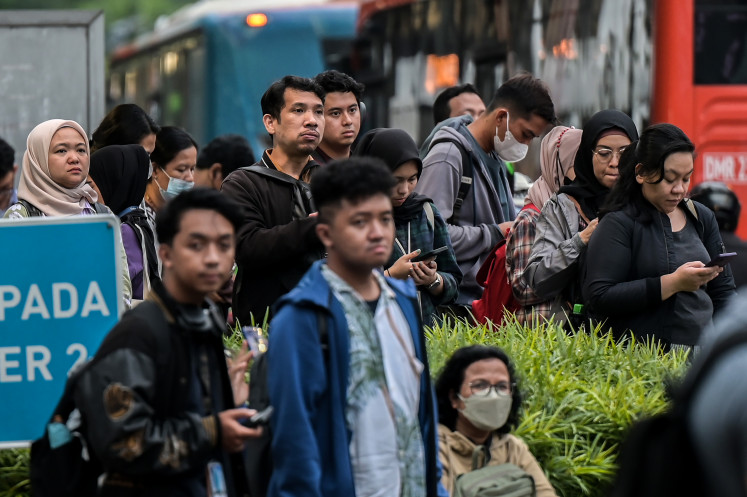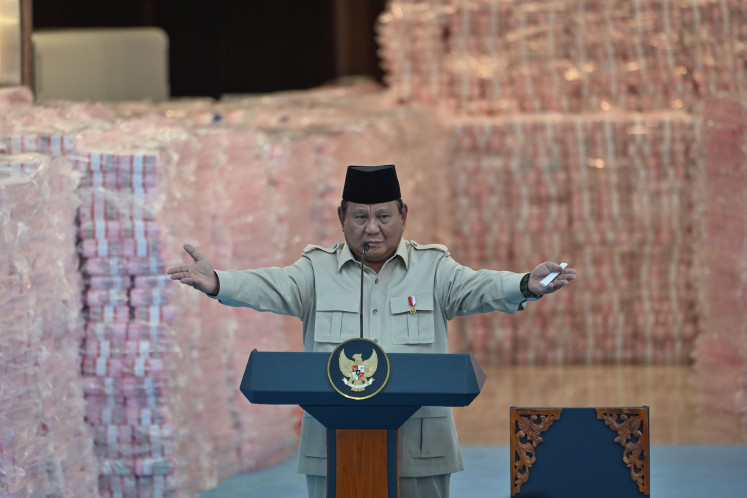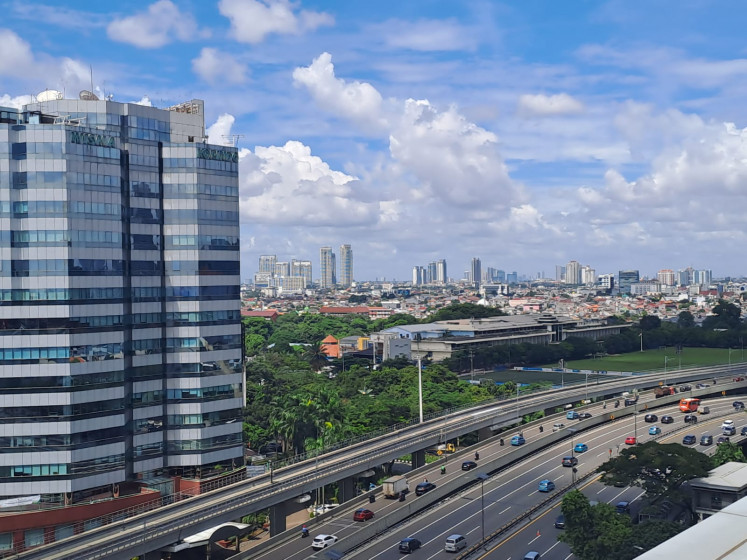Popular Reads
Top Results
Can't find what you're looking for?
View all search resultsPopular Reads
Top Results
Can't find what you're looking for?
View all search resultsFour must-see historical spots in Ternate
Change text size
Gift Premium Articles
to Anyone
T
ernate city, located on Ternate Island in North Maluku, is home to numerous forts and historical buildings erected by different European empires extending their influence to the region.
Here are four spots not to miss during a visit to the city, as compiled by Kompas.com.
Fort Kalamata
Fort Kalamata was built by the Portuguese in 1540. Located in the Kayu Merah subdistrict in South Ternate, it is also commonly known as Kayu Merah Fort.
It was restored by Dutch governor-general Pieter Both in 1609 and occupied by the Spanish in 1625.
Fort Kalamata is shaped like a star, as it was designed to resemble the four corners of the world, with four pointed fortresses and gunshot points. The fort is located on the beach and visible from the neighboring islands of Tidore and Maitara.
Palace of the Sultan Museum
The Palace of the Ternate Sultanate was built in 1813 by Sultan Muhammahad Ali, and it is in use by the Sultanate family until today. The palace sits on Limau Hill in Sao Siau and spans across 1,500 square meters.
The main building has an octagonal shape that resembles a lion sitting with its front legs facing the sea and with Mount Gamalama in the background.
The palace also houses a museum, which in turn houses historical objects of the arts, ceramics, as well as archaeological items. It also displays heritage items of the Sultanate of Ternate and from Europe, such as crowns, thrones, war equipment, clothes and a handwritten Quran.
Read also: Essential guide to remote travel in eastern Indonesia
Fort Tolukko
Fort Tolukko is located on the eastern side of Ternate Island. The fort was built in what is today the Sangaji subdistrict and sits on a hill overlooking the sea.
Build by Portuguese commander Fernando Serrao in 1540, the location was deemed strategic as it could monitor the arrival of ships and also deploy troops to the seas. Its peak affords views of the Maluku Sea, Tidore Island and the western coast of Halmahera Island.
Fort Oranje
Fort Oranje was built in 1607 when a Dutch East India Company (VOC) admiral named Cornelis de Jonge Matelieff was granted permission to build the fortress after helping the Sultan of Ternate expel the Spanish from the island.
Built on top of an undated Malay Sultan's fortress, it was known as Fort Malay.
In 1609, the first Dutch authority in Ternate, Paul Van Carden, renamed it into Fort Oranje, after the House of Orange.
In 1613, the Maluku region became the center of the VOC authority, with Ternate and Ambon chosen as the official places of residence of the governor-general.
As Ternate began to play a bigger role, Fort Oranje became the official place for the Dutch East Indies Council and remained the headquarters of the VOC until it was moved to Batavia in 1619. (liz/wng)

